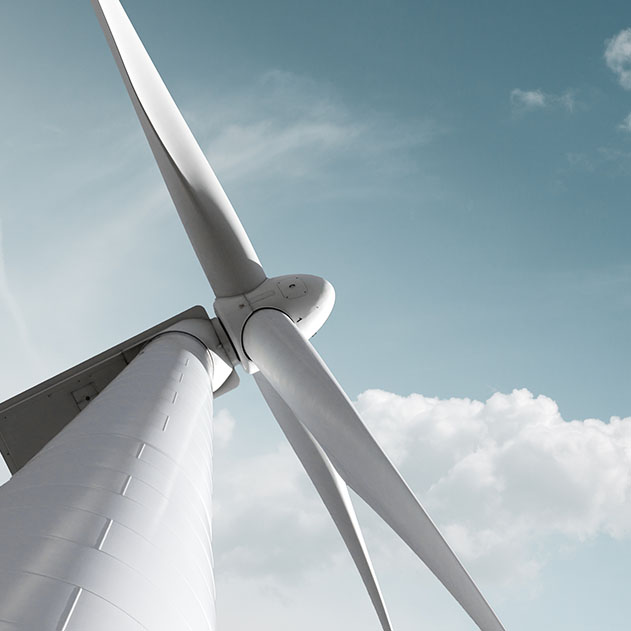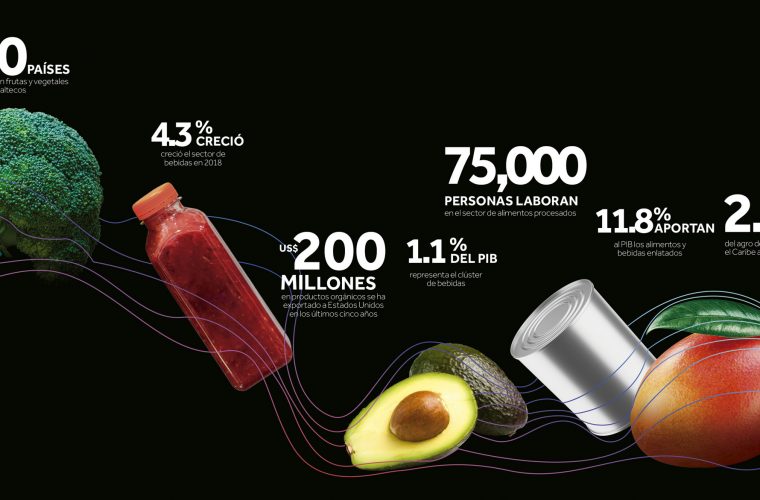Energy which lights up the country of the eternal spring
Guatemala has the lowest electric power rates in the Central American region, thanks to sound decisions to implement changes to its energy matrix and legislation. The country has a wide diversity of natural resources for power generation. Its geographical location and its topography, consisting of mountain systems that define hydrographic regions because their rivers flow into two oceans; ultimately makes Guatemala a country with great hydrological potential.
There are 37 volcanoes in a length not greater than 300 kilometers, therefore the geothermal potential is great. In the territory there is an area of 1 thousand 500 square kilometers where the wind is classified as 4 or higher, in addition to the solar potential (more than 300 days of sunshine per year).
Overcoming major logistical challenges allowed to focus on energy demand by industry and trade. Guatemala offers competitive advantages in the energy sector, which keep it constantly growing: it has great potential for development in industries that demand high energy consumption and is part of the Central American Regional Electricity Market.
In addition, it has an updated energy policy that seeks to strengthen the conditions to become more competitive, efficient and sustainable in the use and exploitation of those resources.
There are indicators that show the great potential of the country for investments in this sector, since it has a robust and efficient network operation.
Currently, the installed capacity of the hydroelectric power plants in operation amounts to 1 thousand 437 megawatts (MW).
Regarding geothermal energy in operation, there are two projects that generate 49.2 MW, under construction there are 75 MW and in process, 20 MW.
In Guatemala there are investments in photovoltaic solar projects that generate 92.5 MW. There are also other 6 projects operating in the country and that generate no more than 5 MW in total.
The country has three large wind energy projects, which are located at strategic points. Taking all in account they all produce 75.9 MW. There are also 22 biomass projects in operation that generate 1,083.7 MW.
In 2017, the electricity generation matrix was constituted as follows:
30.11% with non-renewable resources
69.8% of renewable resources
Length of transmission lines by voltage level and type of property
- PRIVATE PROPERTY: 1,621.6 kM (33.7%)
- STATE OWNED: 3,189.9 kM (66.3%)
Generation by fuel type and resource in 2017:
In 2017 was generated 11,489 gigavatios-hour (Gwh):
- 50.18% Water resources
- 26.63% Coal • 13.73% Biomass
- 3.44% Bunker
- 2.22% Geothermal
- 1.73% Solar energy
The generation of primary energy by activity, in 2017, measured per barrel of oil equivalent (kBOE), reached 72,941.
Guatemala is a net importer of petroleum products. In 2017, we imported 37 thousand 456.5 million barrels of oil products, mostly from the United States.
The disbursement for the payment of the imported oil, known as oil bill, reached US$ 2 billion 355.6 million in 2017, an amount that increased 20.5% in comparison to the one of 2016.
Guatemala, an exporter of energy
Guatemala is Central America energy platform with an installed power capacity of 4,074 MW and a maximum power demand of 1,725 MW. This means that the current installed power capacity allows us to supply the domestic market, as well as to promote exports to the Regional Electric Market (MER by its acronym in Spanish) that covers Central America and Mexico.
Since the implementation of the Central America Electrical Interconnection System (SIEPAC), Guatemala has become a net exporter of energy, ranking as the most stable country and with the biggest energy export to the Regional Electric Market.
In 2015, electricity exports amounted to US$ 69.2 million and represented 61.6% of the incorporations to the Regional Electric Market (MER). In 2016, the electricity exports amounted to US$ 33.6 million (55% of sales to the MER), and in 2017 exports reached US$ 102.7 million.
The main destination for electricity exports has been El Salvador. Additionally, Guatemala has an interconnection with Mexico, which has facilitated the energy exportation to that destination.
According to data from the Bank of Guatemala, from 2009 to 2017 the electricity sector has attracted US$ 2,156.7 million in foreign direct investment to the country, this represented 18.8% of the total capital that entered in said period, which corresponds to a general total amount of US$ 11,434.4 million.
Guatemala is seeking strategic alliances with local and international public and private sectors in order to achieve a sustainable development of the sector. Guatemala has based its growth objectives in the energy sector, with strategic axes, defined goals and inter-agency coordination focused on the development of the investment area.
Guatemala has Central America’s largest solar park
The Kilowatt per hour rate is US$0.06 – 0.14
The average price of energy opportunity (SPOT) in 2017 was US$51.48 /MWH
The maximum power demand of the Interconnected National System in 2017 was 1,749 /MW
Source: 2017 Statistical Report. Ministry of Energy and Mines.
The energy matrix of Guatemala is composed mostly of clean energy.












